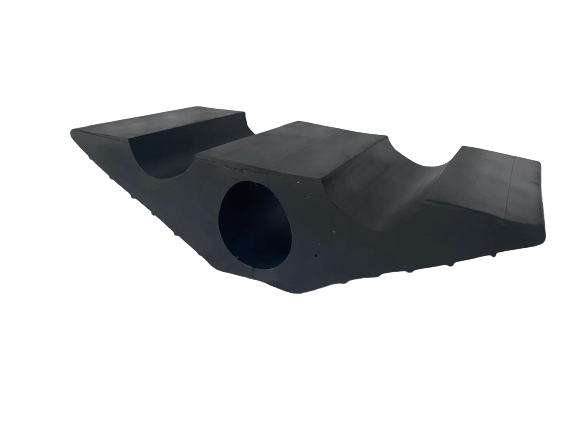Out . 22, 2024 10:34 Back to list
rubber seal strip for garage door
The Importance of Rubber Seal Strips for Garage Doors
When it comes to maintaining the integrity and functionality of your garage door, one often overlooked component is the rubber seal strip. These strips play a crucial role in ensuring that your garage remains secure, energy-efficient, and protected from the elements. In this article, we'll explore the benefits of rubber seal strips for garage doors, the different types available, and how to install or replace them effectively.
Why Rubber Seal Strips Matter
Rubber seal strips are designed to fit around the edges of garage doors, sealing gaps that can lead to a variety of issues. One of the primary functions of these strips is to prevent air and moisture from entering your garage. A proper seal helps maintain a consistent temperature within the garage, which is particularly important if you use your garage as a workspace or for storing temperature-sensitive items.
Moreover, these seals act as a barrier against pests and rodents that might enter through small openings around your door. A well-fitted rubber seal strip can significantly reduce the chances of unwanted critters making their way into your garage, which could otherwise cause damage or pose health risks.
Types of Rubber Seal Strips
There are various types of rubber seal strips available on the market, each designed for different types of garage doors
1. Bottom Seal Strips These are installed at the bottom of the garage door and are primarily responsible for preventing water, dirt, and debris from entering. They come in several designs, including T-shaped and U-shaped seals.
2. Side and Top Seal Strips These strips are installed on the sides and top of the door to ensure a tight seal, preventing air leaks and enhancing insulation.
3. Vinyl vs. Rubber While both vinyl and rubber are commonly used for seal strips, rubber is often preferred for its durability and flexibility. Rubber seals can withstand extreme weather conditions, ensuring longevity and effectiveness.
rubber seal strip for garage door

Installation and Maintenance
Installing or replacing rubber seal strips is a simple DIY task that can significantly improve the performance of your garage door. Here’s a quick guide on how to do it
1. Measure the Length Start by measuring the length of each side of your garage door to determine how much seal strip you’ll need.
2. Choose the Right Type Select the appropriate seal strip for the bottom, sides, and top of your garage door.
3. Remove Old Seals Carefully remove any old or damaged seal strips, cleaning the area to ensure proper adhesion for the new seal.
4. Attach New Seals Begin at one end and press the new seal strip into place, ensuring it is secure and free of gaps. For bottom seals, you may need to use screws or adhesive, depending on the design.
5. Test the Seal Once installed, close the garage door and check for any drafts. A proper seal should prevent air and moisture from entering.
Conclusion
Investing in high-quality rubber seal strips for your garage door is a smart choice that offers numerous benefits. Not only do they protect your garage from the elements and pests, but they also contribute to energy efficiency and overall comfort. Regularly inspecting and maintaining your seal strips will ensure that your garage remains a safe and functional space for years to come.




